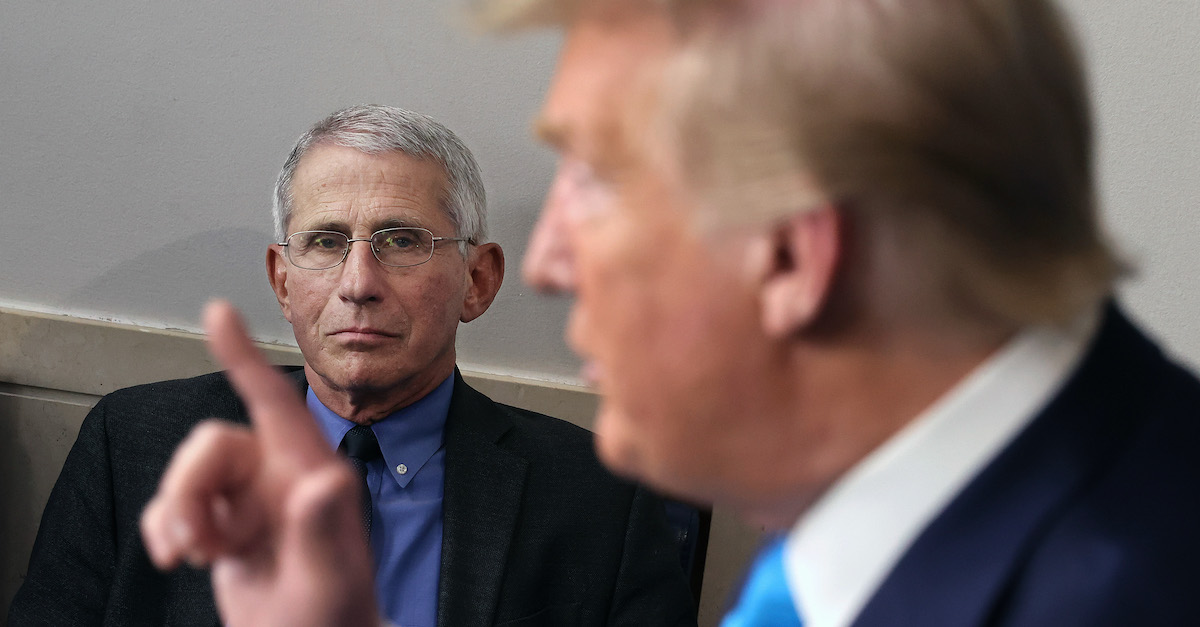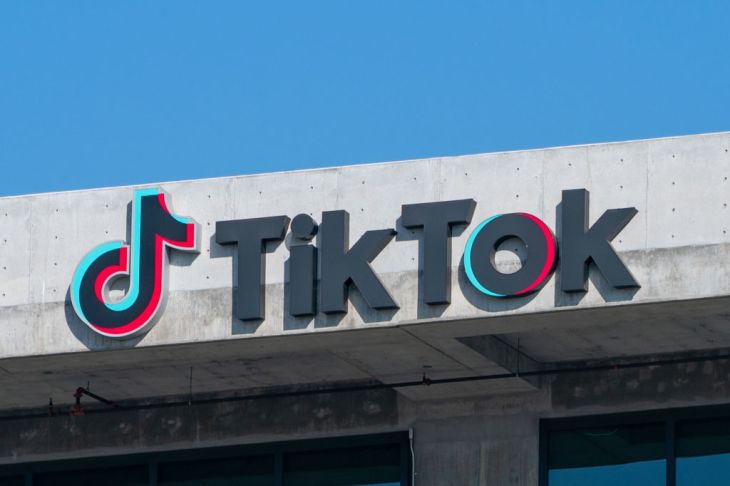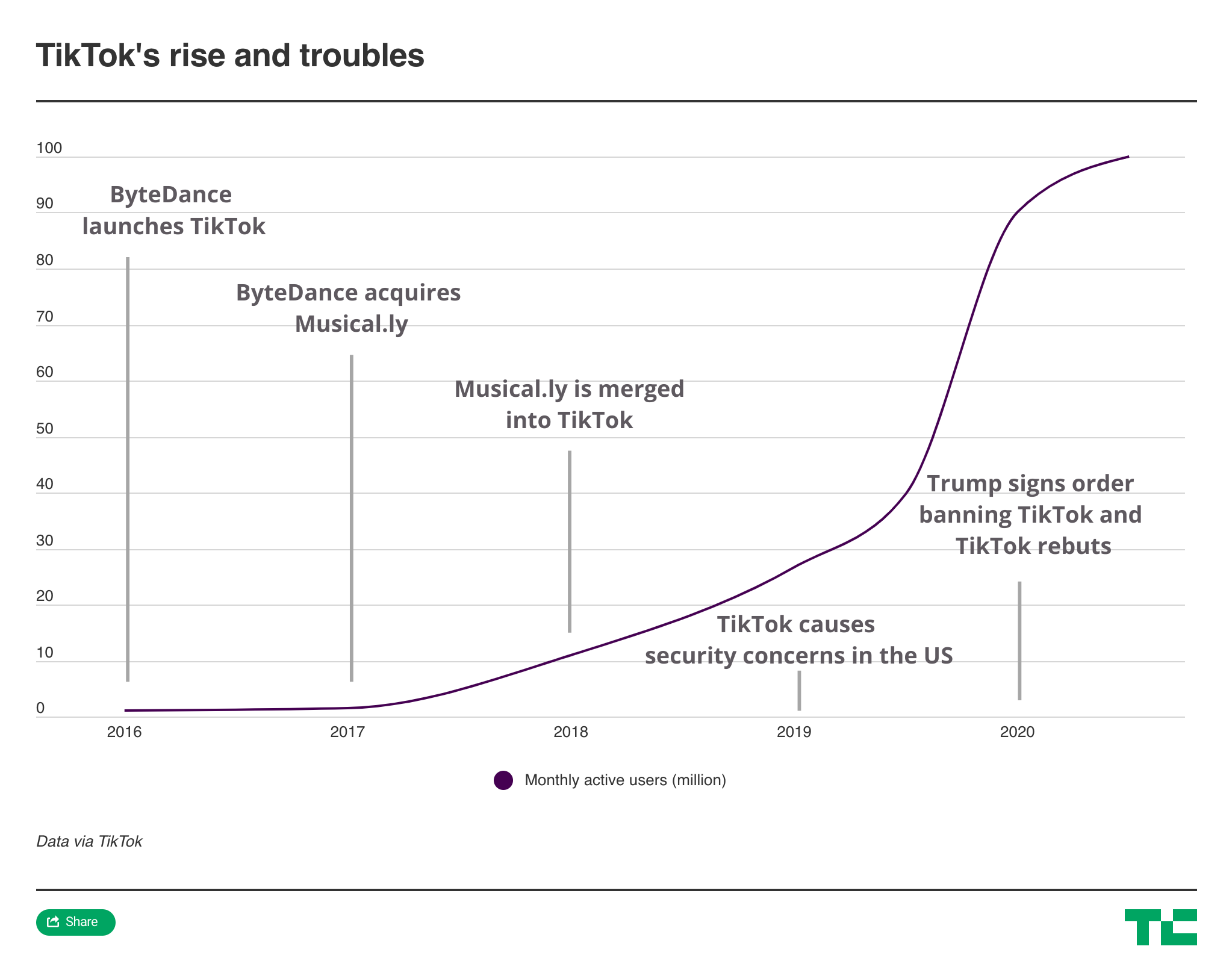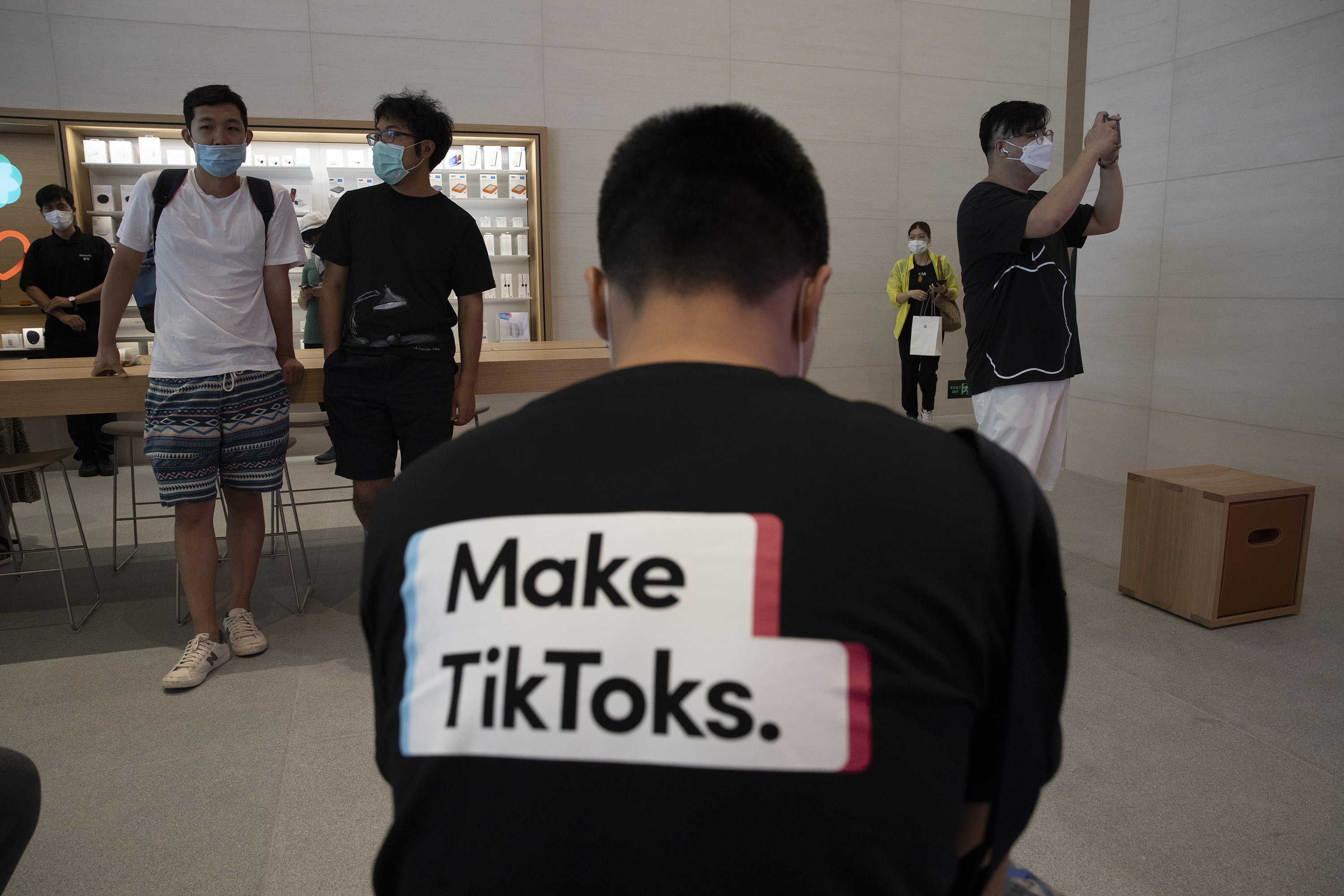Academic targeted by racist messages following criticism of Alberta's
(UCP & KENNEY) pandemic response
Paige Parsons CBC

On Saturday, Ogbogu shared a recording of a message left on his office voicemail on Twitter. He said receiving the message forced him to take his profile off the university's website.
The nearly 40 second voicemail is laden with expletives and racist language.
"C--cksucker, for a f--cking lawyer you sure are a heavy hitter, you and your 20 recorded . . . you're a f--king prick, dude. Go back to your own f--cking country," the message begins.
"Like, honestly like f--ck off, man. What do you have invested in our politics? What? To get more of your own people here? Like, f--cking go home. This is not your country. You're a loser, f--ck off."
Ogbogu said he's used to receiving angry messages for the positions he takes, but this was much more hateful than normal.
"They've taken the time to research me, that's just not a Twitter post, a tweet or something you post on Facebook. A person who has researched me, found my number, found my email address, to me is a serious threat," he said.
The call came from an anonymous number, but he suspects that whoever left the voicemail could be the same person who sent him a hateful email after the CBC story was published, which used similar rhetoric.
He decided to take his profile off the University of Alberta website on Friday evening, and contacted campus protective services to secure his public information. He also reported the messages to Edmonton police's hate crimes unit.
Ogbogu said he believes the caller wasn't happy with his comments in the CBC story, but said he thinks their views have been framed by the way UCP staff have portrayed him on Twitter that describe him as biased and partisan in favour of the NDP.
After the story about secret recordings was published, Steve Buick, press secretary for the minister of health, tweeted about Ogbogu, calling him "the most frantically biased academic in Alberta."
When reached for comment on Saturday, Buick said the provincial government condemns hatred directed toward any Albertan. He also defended his response to Ogbogu's criticism.
"It is only normal for the Government to respond to incorrect information being put on social media," Buick said via email.
"Nothing in the Government's responses refer to race, ethnicity, or country of origin, and to suggest otherwise is false."
Ogbogu said this kind of online targeting by UCP staff members encourages others to pile on and harass him and other academics.
"They seem to not understand that our role as academics allows us to be able to scrutinize the government's policies," Ogbogu said. "We're citizens as well. It's a democratic right that we have, to scrutinize our government's policies and, when necessary, criticize them."
Ogbogu said he had no option but to take his profile off his university's website, but that it comes at a great cost.
"I am one of the few Black academics at the University of Alberta, I am the only Black academic in my faculty, and to then have a profile that essentially says nothing and doesn't tell people how to reach me, to me carries far weightier consequences than perhaps I would have if I wasn't a Black academic," he said.
Still, he said he has no plans to stop offering his expert opinion publicly. He said having a vigorous public debate about health policy is important and believes given his expertise it's important for him to be part of those conversations.
"It's not an option open to me to just quit now. I can't live with myself if I do. I feel a sense of obligation and duty to Albertans and Canadians to do my job."
Paige Parsons CBC

© CBC Ubaka Ogbogu is an associate law professor at the University of Alberta who specializes in public health law and policy.
An Edmonton academic says he's received racist messages in the wake of publicly criticizing the province's response to COVID-19.
An Edmonton academic says he's received racist messages in the wake of publicly criticizing the province's response to COVID-19.
Earlier this week, Ubaka Ogbogu was interviewed for a CBC story about secret recordings of the province's Emergency Operation Centre daily meetings. The recordings, obtained by CBC, show the provincial government has not followed some of the recommendations made by Dr. Deena Hinshaw, Alberta's chief medical officer of health.In the story, Ogbogu, an associate law professor at the University of Alberta who specializes in public health law and policy, was critical of what was revealed. He described the province's pandemic response as being "in tatters."
On Saturday, Ogbogu shared a recording of a message left on his office voicemail on Twitter. He said receiving the message forced him to take his profile off the university's website.
The nearly 40 second voicemail is laden with expletives and racist language.
"C--cksucker, for a f--cking lawyer you sure are a heavy hitter, you and your 20 recorded . . . you're a f--king prick, dude. Go back to your own f--cking country," the message begins.
"Like, honestly like f--ck off, man. What do you have invested in our politics? What? To get more of your own people here? Like, f--cking go home. This is not your country. You're a loser, f--ck off."
Ogbogu said he's used to receiving angry messages for the positions he takes, but this was much more hateful than normal.
"They've taken the time to research me, that's just not a Twitter post, a tweet or something you post on Facebook. A person who has researched me, found my number, found my email address, to me is a serious threat," he said.
The call came from an anonymous number, but he suspects that whoever left the voicemail could be the same person who sent him a hateful email after the CBC story was published, which used similar rhetoric.
He decided to take his profile off the University of Alberta website on Friday evening, and contacted campus protective services to secure his public information. He also reported the messages to Edmonton police's hate crimes unit.
Ogbogu said he believes the caller wasn't happy with his comments in the CBC story, but said he thinks their views have been framed by the way UCP staff have portrayed him on Twitter that describe him as biased and partisan in favour of the NDP.
After the story about secret recordings was published, Steve Buick, press secretary for the minister of health, tweeted about Ogbogu, calling him "the most frantically biased academic in Alberta."
When reached for comment on Saturday, Buick said the provincial government condemns hatred directed toward any Albertan. He also defended his response to Ogbogu's criticism.
"It is only normal for the Government to respond to incorrect information being put on social media," Buick said via email.
"Nothing in the Government's responses refer to race, ethnicity, or country of origin, and to suggest otherwise is false."
Ogbogu said this kind of online targeting by UCP staff members encourages others to pile on and harass him and other academics.
"They seem to not understand that our role as academics allows us to be able to scrutinize the government's policies," Ogbogu said. "We're citizens as well. It's a democratic right that we have, to scrutinize our government's policies and, when necessary, criticize them."
Ogbogu said he had no option but to take his profile off his university's website, but that it comes at a great cost.
"I am one of the few Black academics at the University of Alberta, I am the only Black academic in my faculty, and to then have a profile that essentially says nothing and doesn't tell people how to reach me, to me carries far weightier consequences than perhaps I would have if I wasn't a Black academic," he said.
Still, he said he has no plans to stop offering his expert opinion publicly. He said having a vigorous public debate about health policy is important and believes given his expertise it's important for him to be part of those conversations.
"It's not an option open to me to just quit now. I can't live with myself if I do. I feel a sense of obligation and duty to Albertans and Canadians to do my job."


















